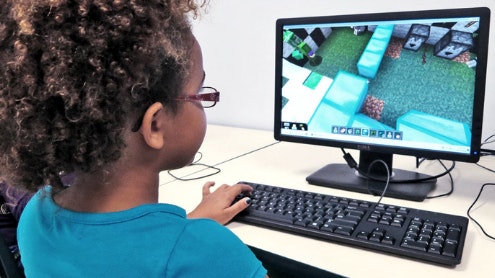Homepage
•
Learning Library
•
Blog
•
Explore These Virtual Worlds for Learning
Expand breadcrumbs
Expand breadcrumbs
- Learning Library
- Blog
- Explore These Virtual Worlds for Learning
- Homepage
- •
- Learning Library
- •
- Blog
- •
- Explore These Virtual Worlds for Learning
Explore These Virtual Worlds for Learning
By Andrew Wheelock and Scott Merrick
August 4, 2022








